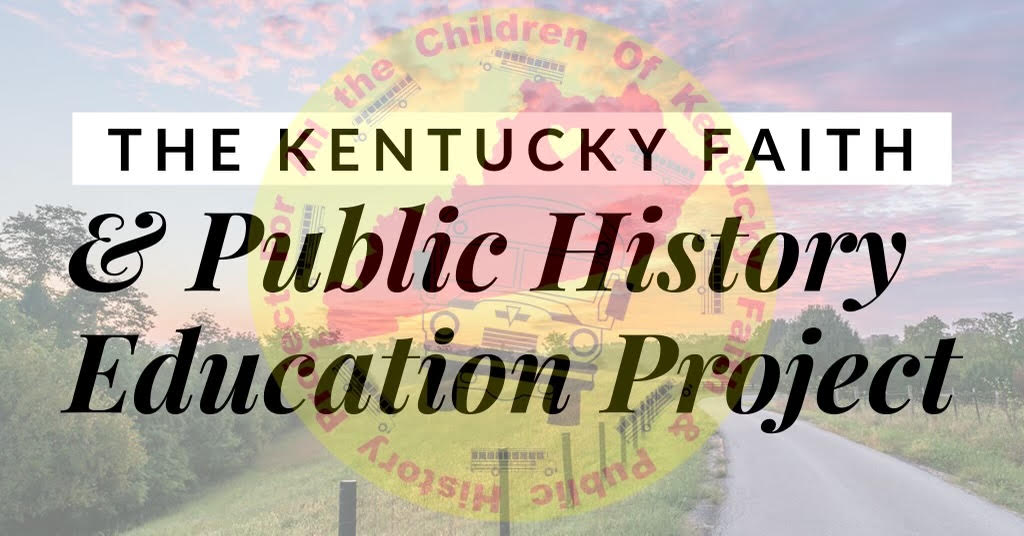By Lesley Barker
The FKCC books produced by the Kentucky Faith and Public
History Education Project model the inquiry process for social studies for
elementary and middle school students. Homeschoolers can use them for the same
instructional goals as well. The first step in the inquiry process, as we
discussed last week, is to ask good questions. Next, students are challenged to
engage in independent research to hunt for the answers to those questions.
Then, students must prove what they have learned by citing the evidence they
have found. Finally, they should create a presentation that demonstrates what
they have learned. These four steps are consistent with the objectives of a
learning strategy known as “active learning”. It makes students responsible for
their own learning while the teacher serves as a coach and a mentor along the
way.
Here is how to use the first book of the Famous Kentucky Christian
Club Series to model the inquiry process. Assign your student to read the first
chapter of Big Bully: The Story of Simon Kenton by Lesley Barker (available as
a paperback or a Kindle edition here). This book illustrates how a
team of four fourth graders researched the life of this Kentucky pioneer and
then created a presentation for a Show N Tell competition. Stop after your
student has finished reading the first chapter, “Ask Important Questions”. Discuss
the questions that the children posed in the chapter. Ask the student what made
the question useful for researching the
life of this famous man. Get the student to predict what tools the children in
the story may use to find the answers to the questions. Assign the student to
read the second chapter, “Hunt for Facts”.
When the student finishes reading this chapter, talk with them about
whether their predictions were accurate. Ask if they were surprised by any of
the strategies the children used in the book. Next assign them to read the third
chapter, “Use Proof”. After they are done, discuss why it is important to cite
evidence for what they claim. Before you assign them to read the last chapter, “Show N
Tell”, ask your student to predict what the children in the story will create to
try to win the competition. Read the last chapter. Then assign the student to
draw a picture of the display that the children in the book created. Ask what
your student likes about it; what they would change to make it better and if
they think the display should win the prize.
This series of four discussions can be spread over one week.
The discussions work to introduce your student to the inquiry process. They also serve as social studies lessons about frontier Kentucky. They can also be a series of reading
comprehension lessons. Once your student has read and critically considered the
inquiry process the children in the book used to make their presentation, you
can challenge your student to research the life of another famous Kentucky
Christian. The Kentucky Faith and Public History Education Project posts a
“trading card” for a different person each Monday on our Facebook Page. You can
print these cards and use them to assign a research project to your student.



